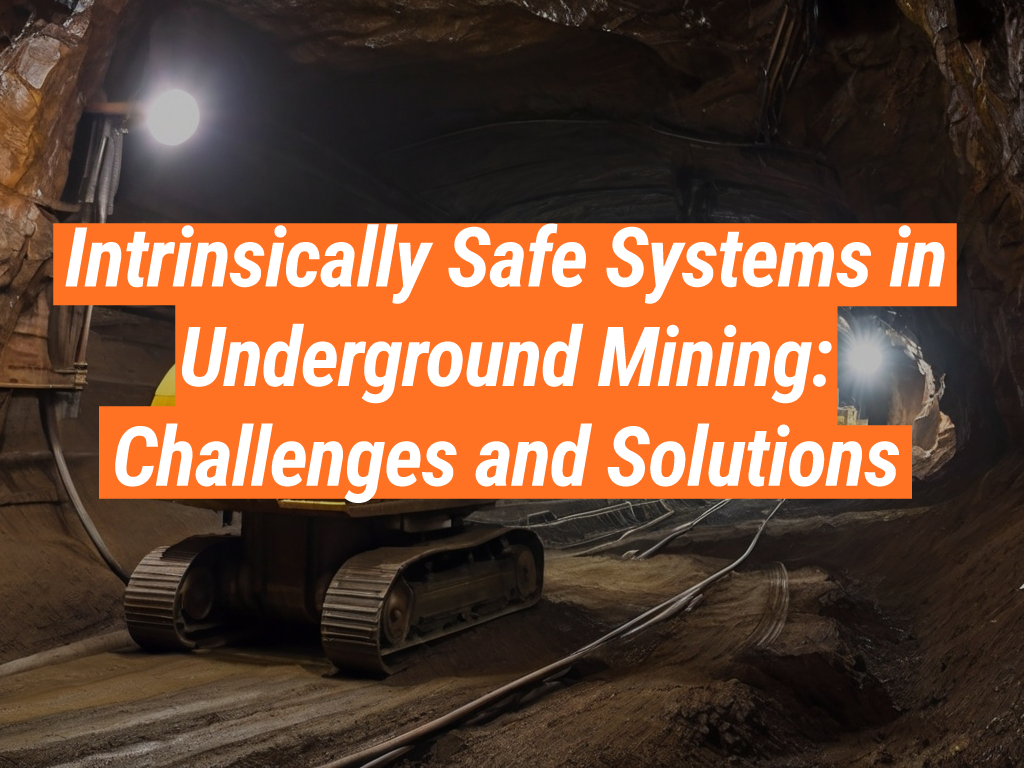Uunderground mining is a high-risk industry, with safety being a paramount concern. One of the key safety measures in this industry is the use of Intrinsically Safe Systems. These systems are designed to prevent ignition of flammable gases or dust that are often present in underground mining environments. In this article, we will delve into the challenges faced in implementing these systems and the innovative solutions that are making a difference. We invite you to visit the Intrinsically Safe Store to explore a wide range of safety equipment designed for hazardous environments.
Challenges in Implementing Intrinsically Safe Systems
Despite the critical role of intrinsically safe systems in underground mining, several challenges hinder their effective implementation.
- Harsh Environmental Conditions: Underground mines are characterized by high temperatures, humidity, and corrosive elements, which can affect the performance and lifespan of safety equipment.
- Technical Complexity: Designing and installing intrinsically safe systems require specialized knowledge and skills. The lack of trained personnel can pose a significant challenge.
- Regulatory Compliance: Mining operations are subject to stringent safety regulations. Ensuring compliance with these regulations while maintaining operational efficiency can be a daunting task.
Solutions to Overcome These Challenges
Despite these challenges, innovative solutions are emerging to enhance the effectiveness of intrinsically safe systems in underground mining.
- Robust Equipment Design: Manufacturers like the Intrinsically Safe Store are designing equipment that can withstand harsh mining conditions. This includes the use of corrosion-resistant materials and advanced technologies to enhance durability and performance.
- Training and Skill Development: Investing in training programs can equip mining personnel with the necessary skills to install and maintain intrinsically safe systems effectively.
- Compliance Tools: Digital tools and software can simplify regulatory compliance by automating documentation and reporting processes.
Case Study: The Impact of Intrinsically Safe Systems
A case study that illustrates the importance of intrinsically safe systems is the Pike River Mine disaster in New Zealand in 2010. They attributed the mine explosion, which resulted in 29 fatalities, to the ignition of methane gas. An inquiry into the disaster revealed that the mine lacked an intrinsically safe system that could have prevented the ignition of the gas. This tragic incident underscores the critical role of intrinsically safe systems in enhancing safety in underground mining.
Intrinsically safe systems play a crucial role in mitigating risks in the hazardous environment of underground mining. While there are challenges in implementing these systems, innovative solutions are making it possible to overcome these hurdles. By investing in robust equipment, training, and compliance tools, mining companies can significantly enhance the safety and efficiency of their operations. Visit the Intrinsically Safe Store to explore a range of safety equipment designed for hazardous environments. For more information or inquiries, feel free to contact us.



